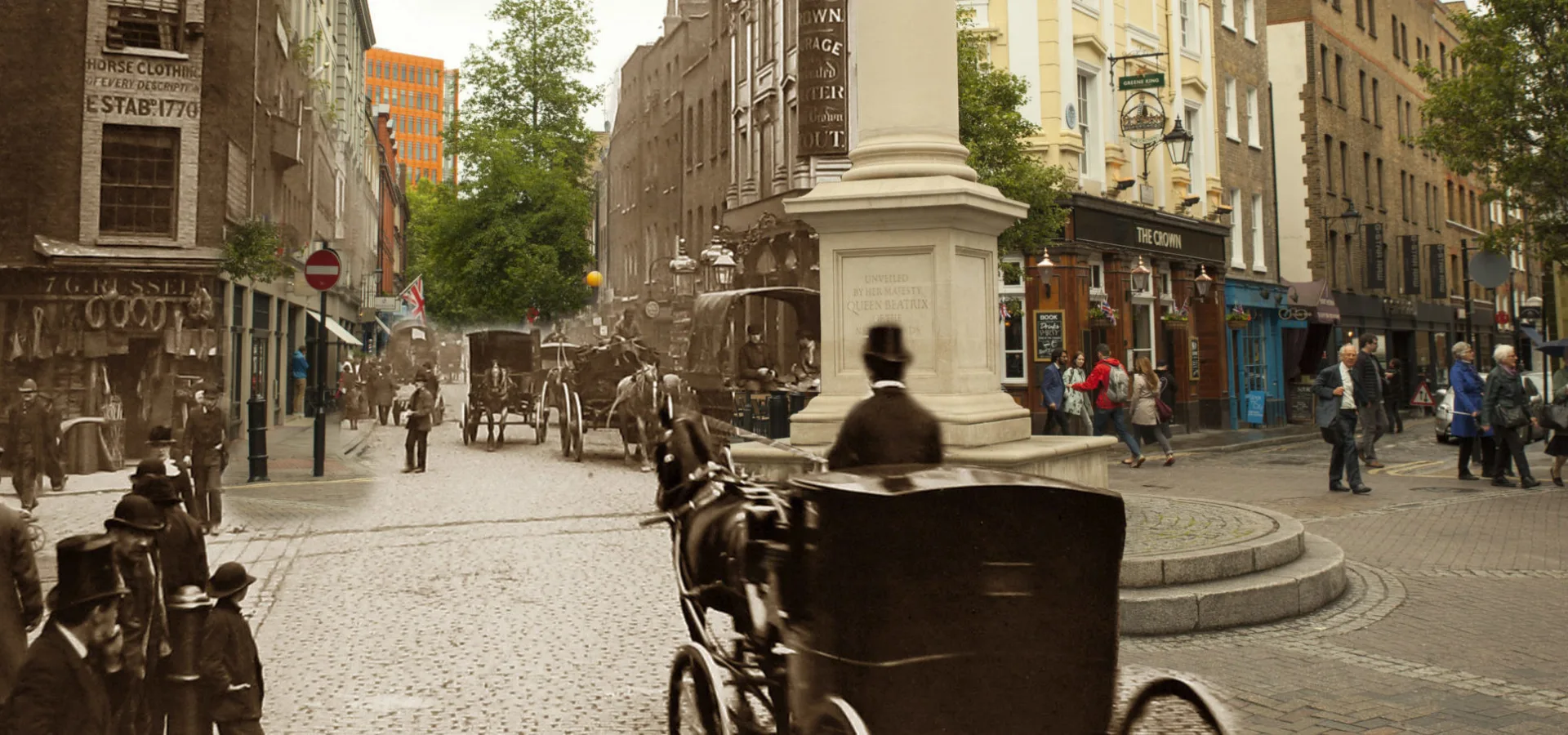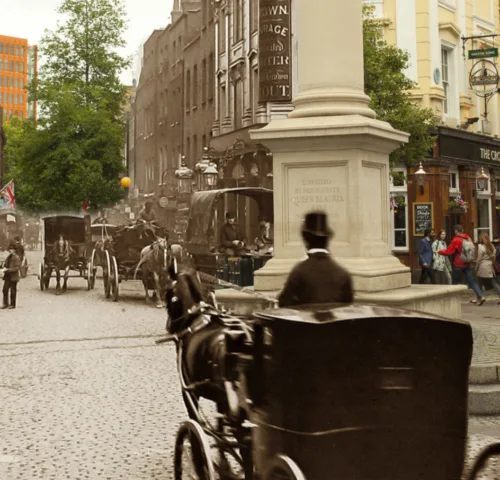For centuries, working animals were our main source of power and they were a familiar part of daily life in Britain’s streets, fields and workplaces. Their ‘horsepower’ was the driving force in agriculture, transport, mining and even warfare. They played a vital role in our economic and social development.
Working animals that were a common sight included plough horses and oxen, pit ponies, carriage and tram horses, dray horses and war horses. Animals were used to transport people and deliver everyday items such as coal, water, milk and food (including bread, meat, fish, fruit and veg). They transported all manner of other goods – such as tar, limestone, sugar, flour, soap, salt etc.
In an age of rapid technological advances, many younger people today would struggle to believe that, even in the 1950s, milk was delivered to British homes by horse-drawn vehicles. In fact, despite the importance of working animals in our history – even throughout the twentieth century – 40 per cent of people in the UK now don’t know what a working animal is!
42 per cent of people in the UK think that fewer than 100 million people in the world rely on working animals for their livelihoods today. In reality, more than 600 million people are dependent on working animals
Actor Eleanor Tomlinson, who plays Demelza in the Poldark TV series, said:
‘For centuries, horses provided the main form of transport in Britain. In the past, we were almost entirely dependent on these working horses in our daily lives and their ‘horsepower’ was the driving force of mining, agriculture and even warfare.
‘We no longer rely on animals as a source of power and they have now been replaced by replaced by cars, buses, tractors and trains. But, horses, donkeys and other working animals continue to have a vital role in developing countries around the world today. By transporting people, water and goods, they make it possible for millions of the world’s poorest families to earn a small income and put food on the table. Without their working animals, many people would have nothing, and would struggle to survive.
‘Although she doesn’t have any lines, Demelza’s horse – whose real name is Amy – is a central character in the series. In most episodes she can be seen galloping along the Cornish clifftops and beaches, helping Demelza to get around in a hurry and keep Ross out of trouble.’
Working animals were once part of daily life in Britain - including in these iconic locations
These nostalgic images of London and other UK cities show our streets filled with working animals and highlight the stark contrast between the past and modern day.
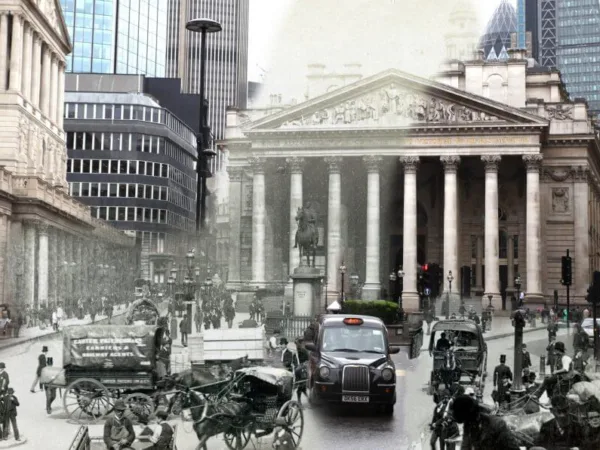
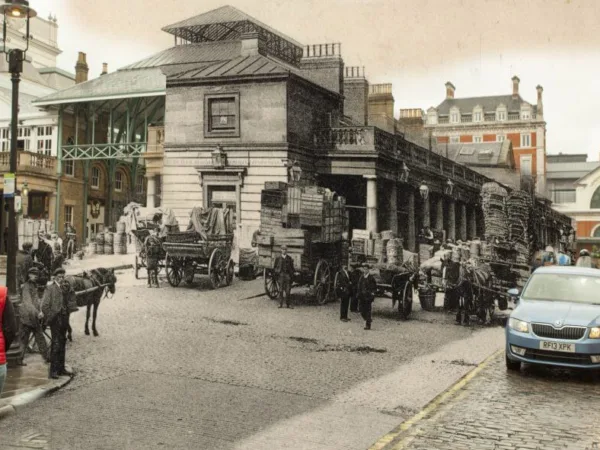
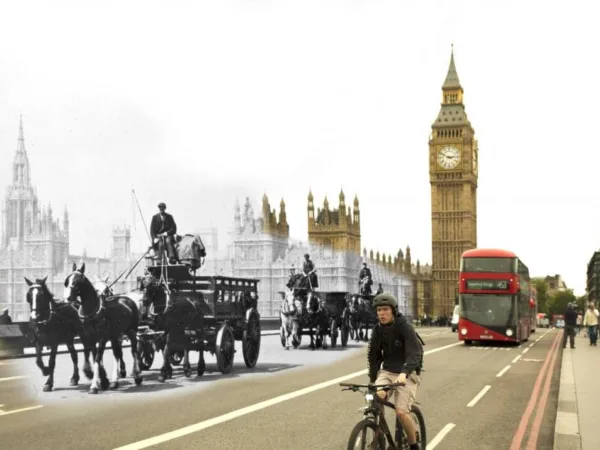
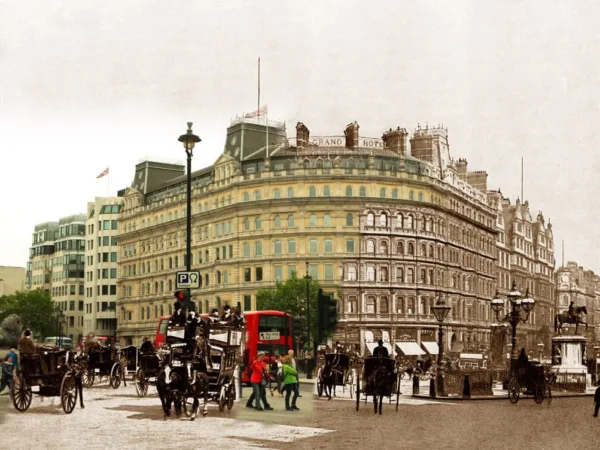

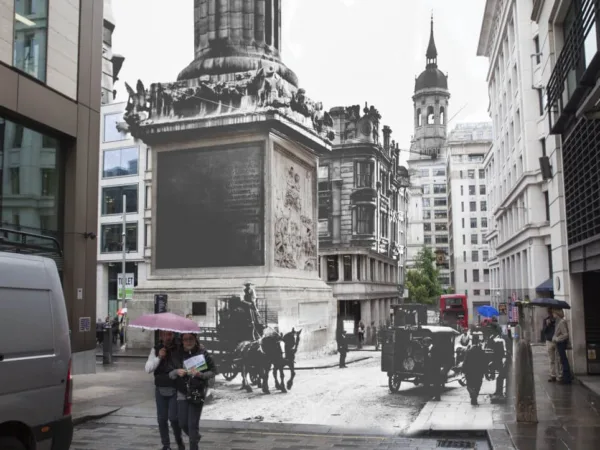
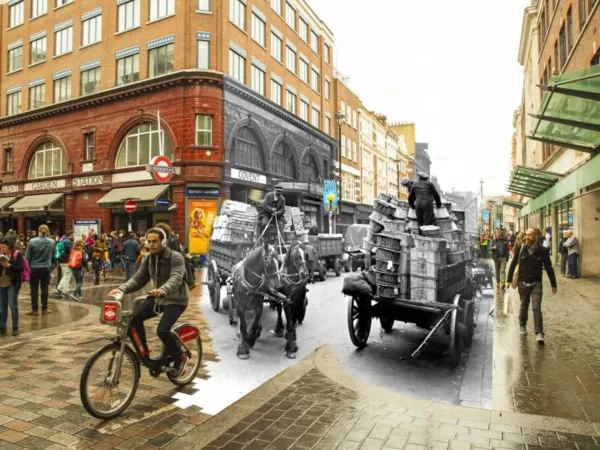
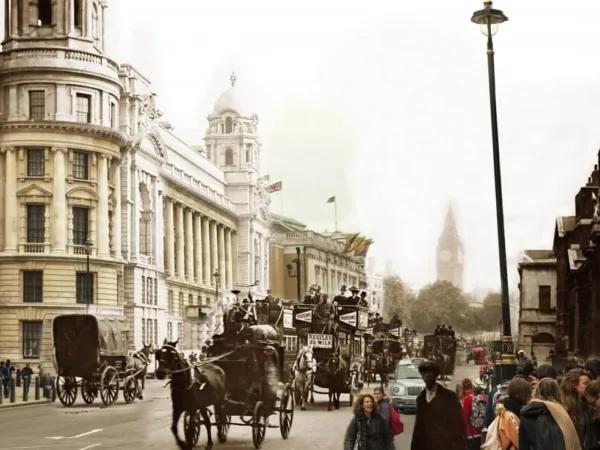
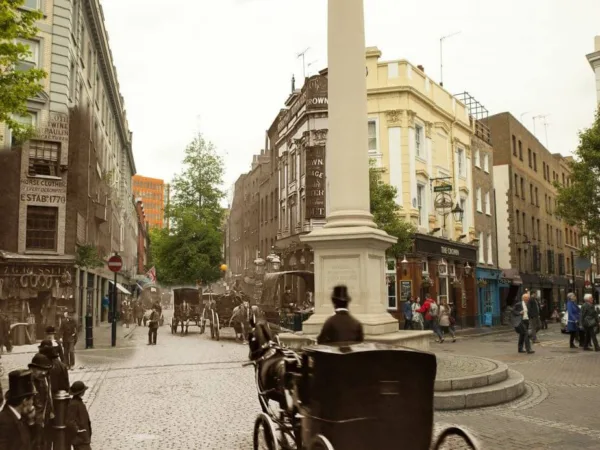
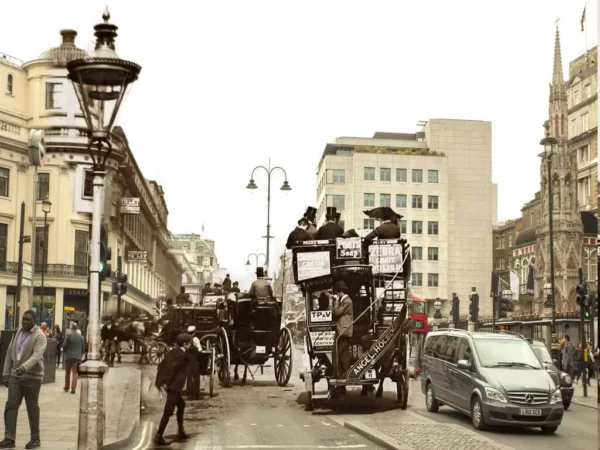
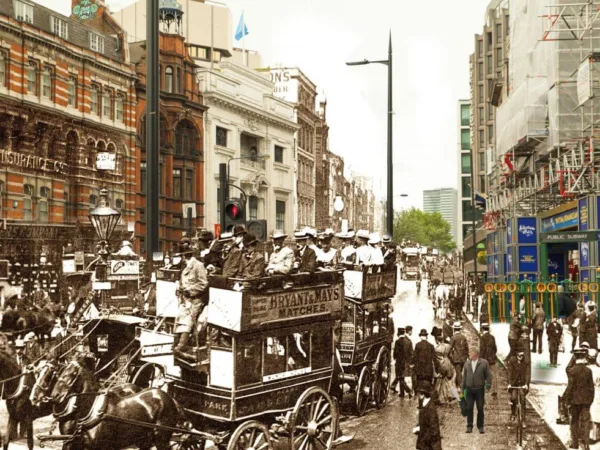

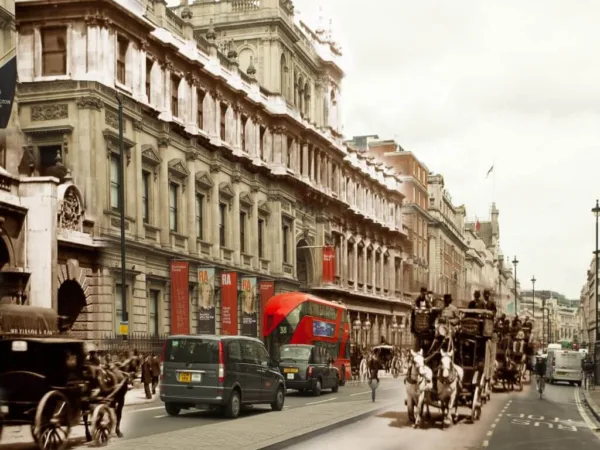
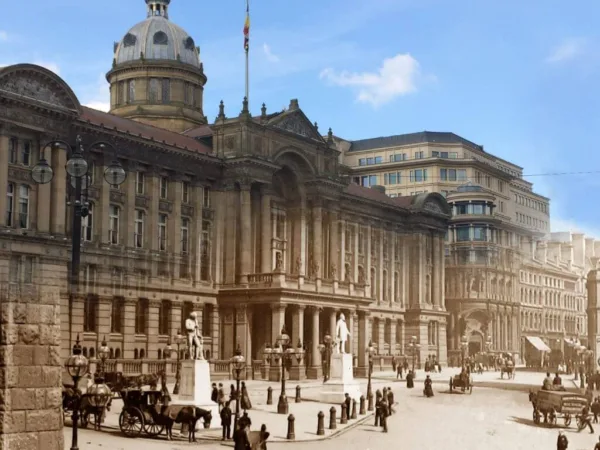

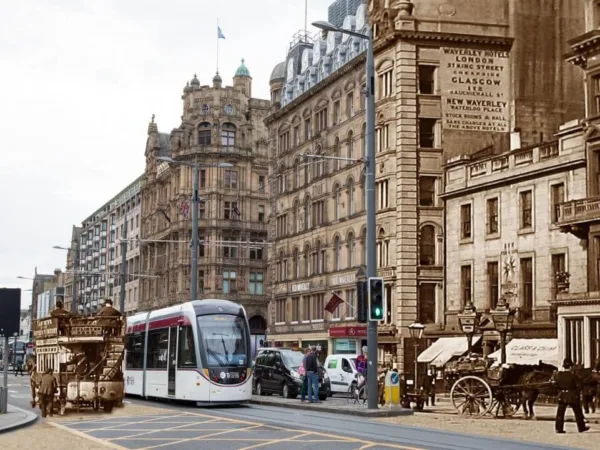
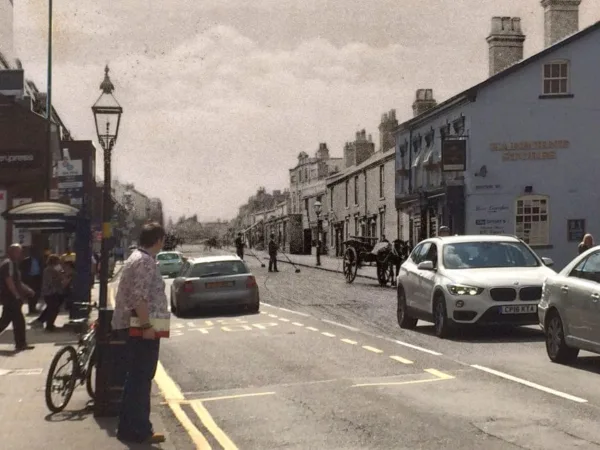
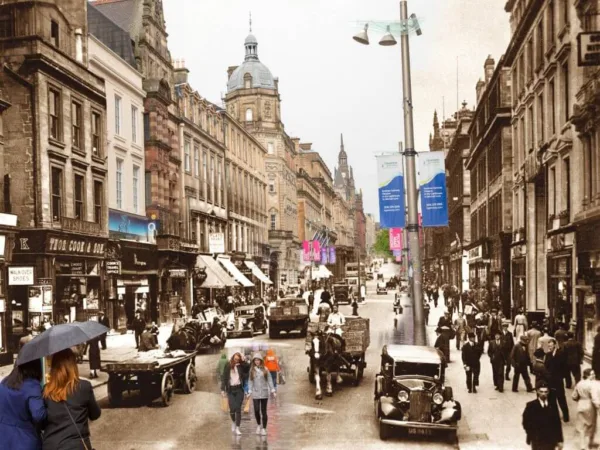
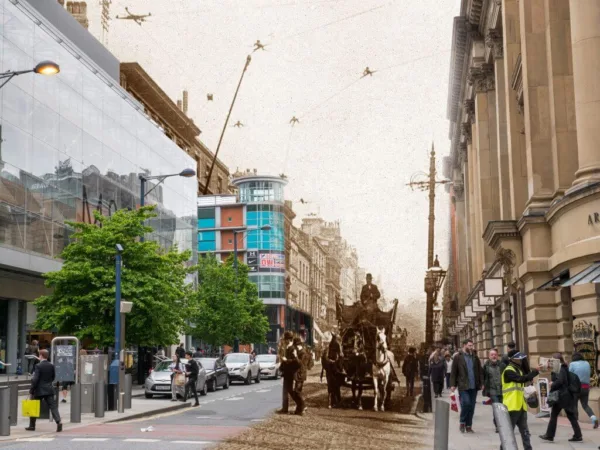
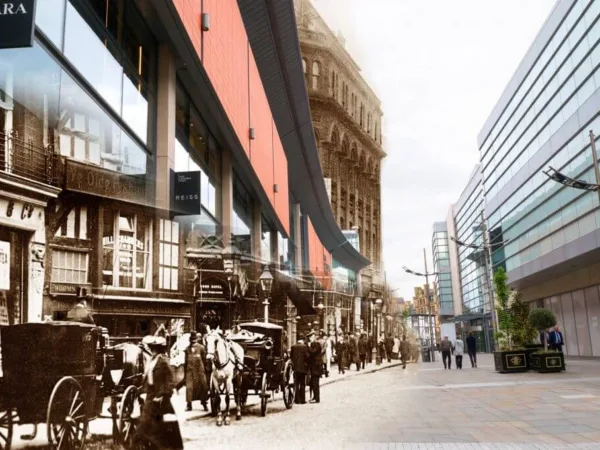
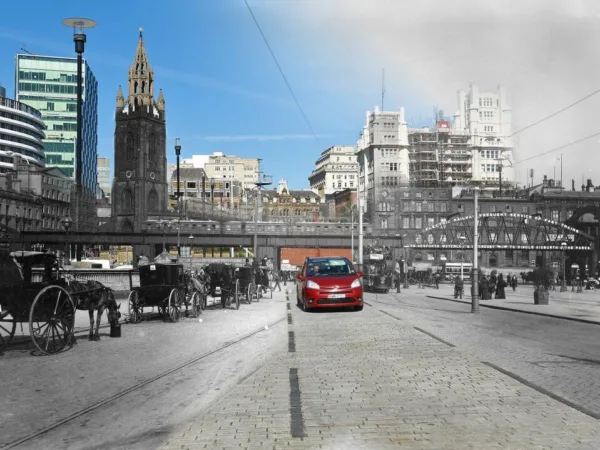
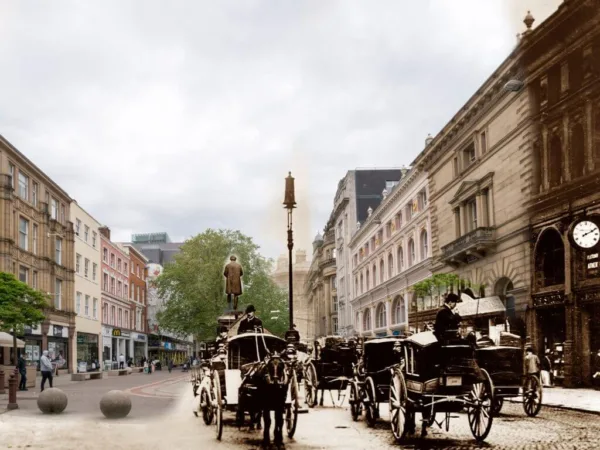
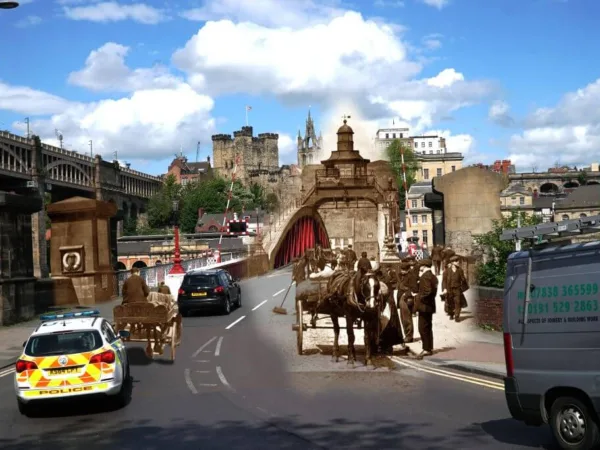
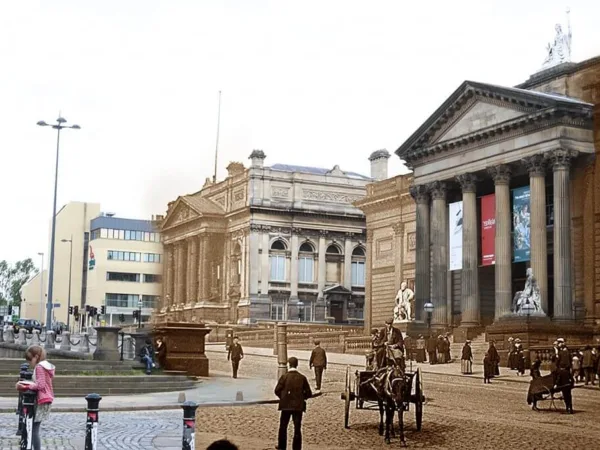
Working animals in Britain's history - key milestones
2500BC – The domestication of horses, and their use to pull vehicles, had begun in Britain
1086 – More than 95% of draught animals on the land were oxen, according to The Domesday Book
1100s – Horses were used for harrowing land for arable crops, and horses and carts increasingly transported farm goods
1400s – Horse-drawn four-wheeled wagons introduced in Britain, meaning that heavier loads could be hauled by horse teams on poor quality roads. Pack horses were also used for transport.
1500s – Horse teams began to replace ox teams in ploughing work, due to their greater speed, strength and agility
1669 – Use of fast horse-drawn coaches (“Flying Coaches”) began
1750 – First recorded use of ponies underground in Britain, at Durham coalfield
1774 – There were just over 200,000 working oxen in England. For two thousand years, oxen were the main beasts of burden on British farms and roads, but by 1840 they had all but vanished, replaced by horses.
1784 – The first regular mail coach service ran, between Bristol and London. Horse-drawn vehicles continued to carry the Royal Mail in Cornwall until 1919.
1878 – More than 200,000 pit ponies were estimated to be working in British mines
1900 – More than 300,000 horses were needed in London, pulling carriages, cabs, buses, trams and delivery vans. Almost every vehicle on London’s streets was horse-drawn.
1901 – An estimated 3.25m horses were working in Britain, with half used on farms
1915 – Horse buses and trams had disappeared in London, and motor taxis outnumbered horse-drawn cabs
1917 – Britain had more than one million horses and mules in service in the First World War (over the course of the war Britain lost more than 484,000 horses)
1921 – London Fire Brigade said goodbye to its last horse-drawn fire engine
1928 – The UK became the first nation to start the replacement of horse cavalry with motorised troops, and by 1939 had become the first to motorise the national army
1940 – Britain’s railways used 11,163 horses
1942 – Horses still outnumbered tractors on British farms by 30 to 1. Tractor numbers overtook horses in the 1950s and working horses had virtually disappeared from agriculture by the 1970s.
1942 – The British Army still used 6,500 horses, 10,000 mules and 1,700 camels during the Second World War
1950s – House-to-house deliveries of milk and coal were still made by horse and cart throughout Britain, with refuse collections carried out by the ‘rag-and-bone man’
1967 – The last British Railways horse was retired
1978 – Only 12 ‘rag and bone men’ were still working in Manchester and Salford, using a horse and cart for collecting waste and trading. By 1965, only a few hundred remained in London.
1999 – The last two pit ponies working underground in British coal mines were retired in South Wales

